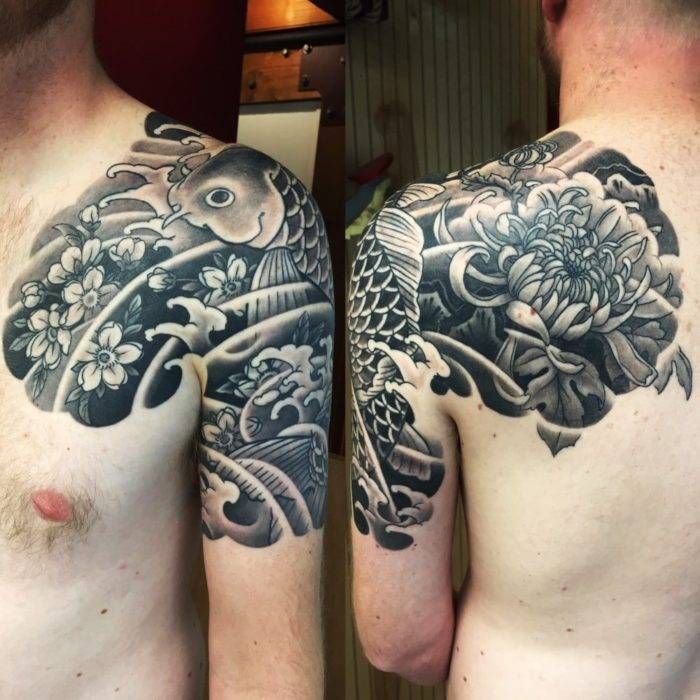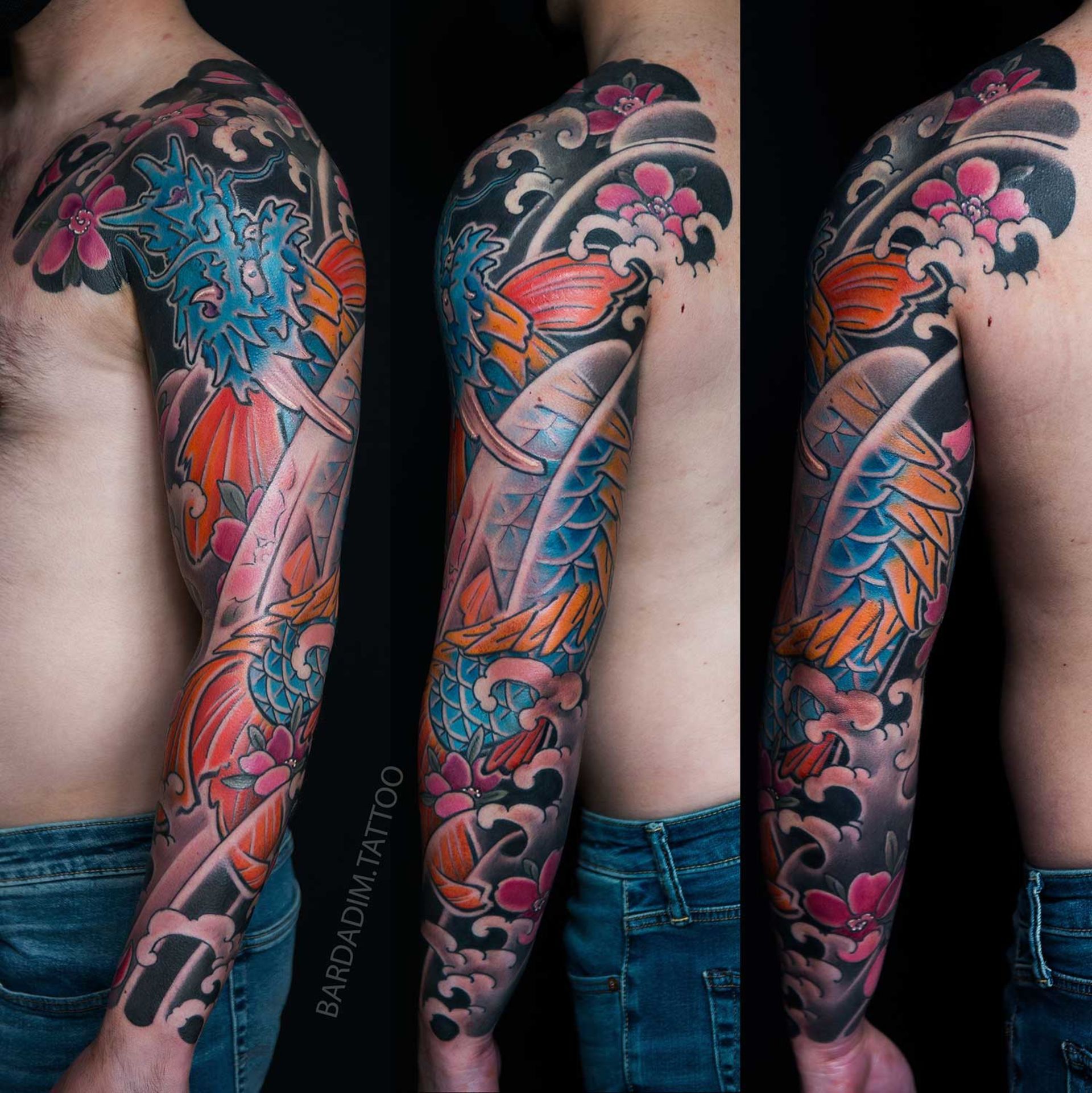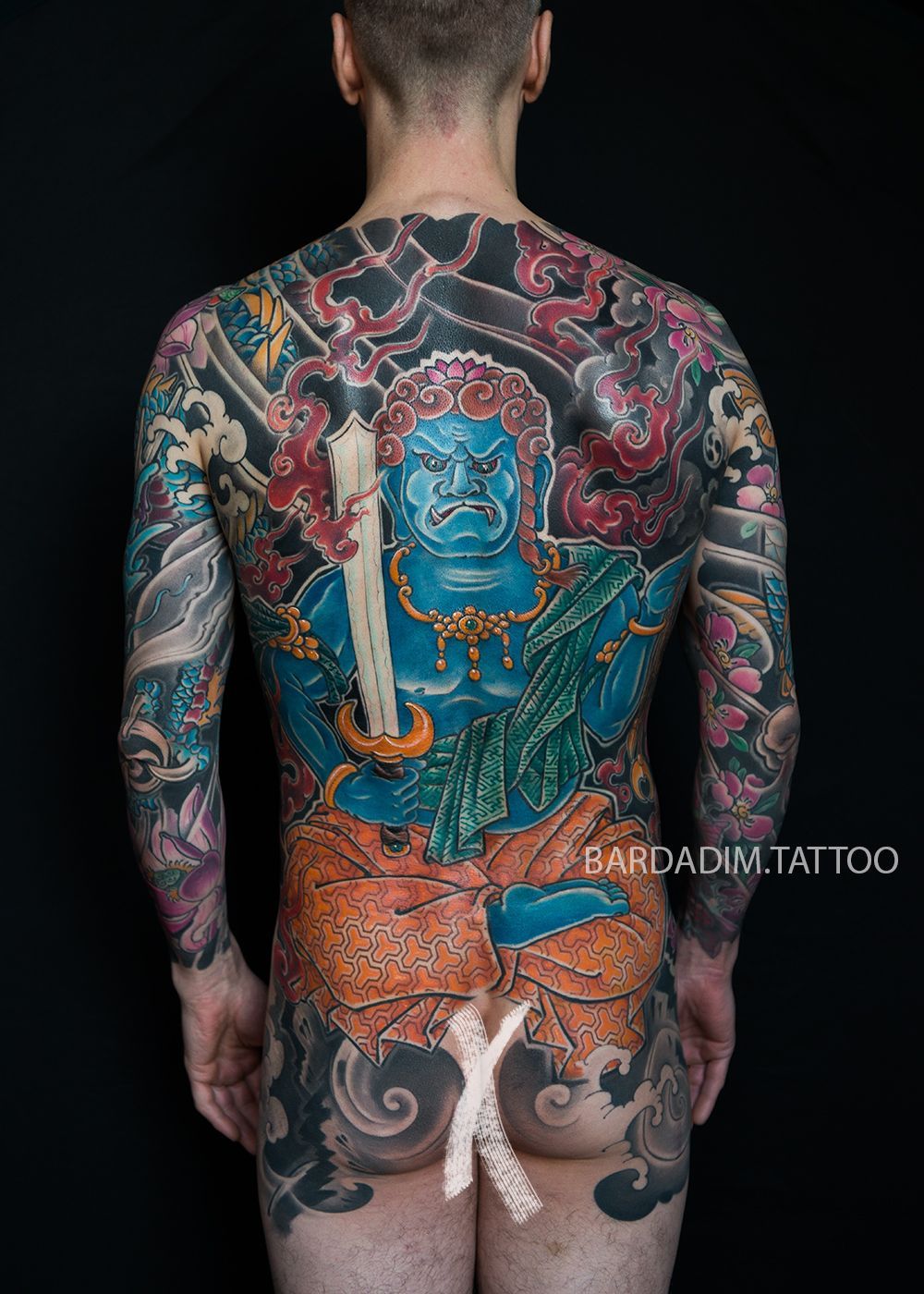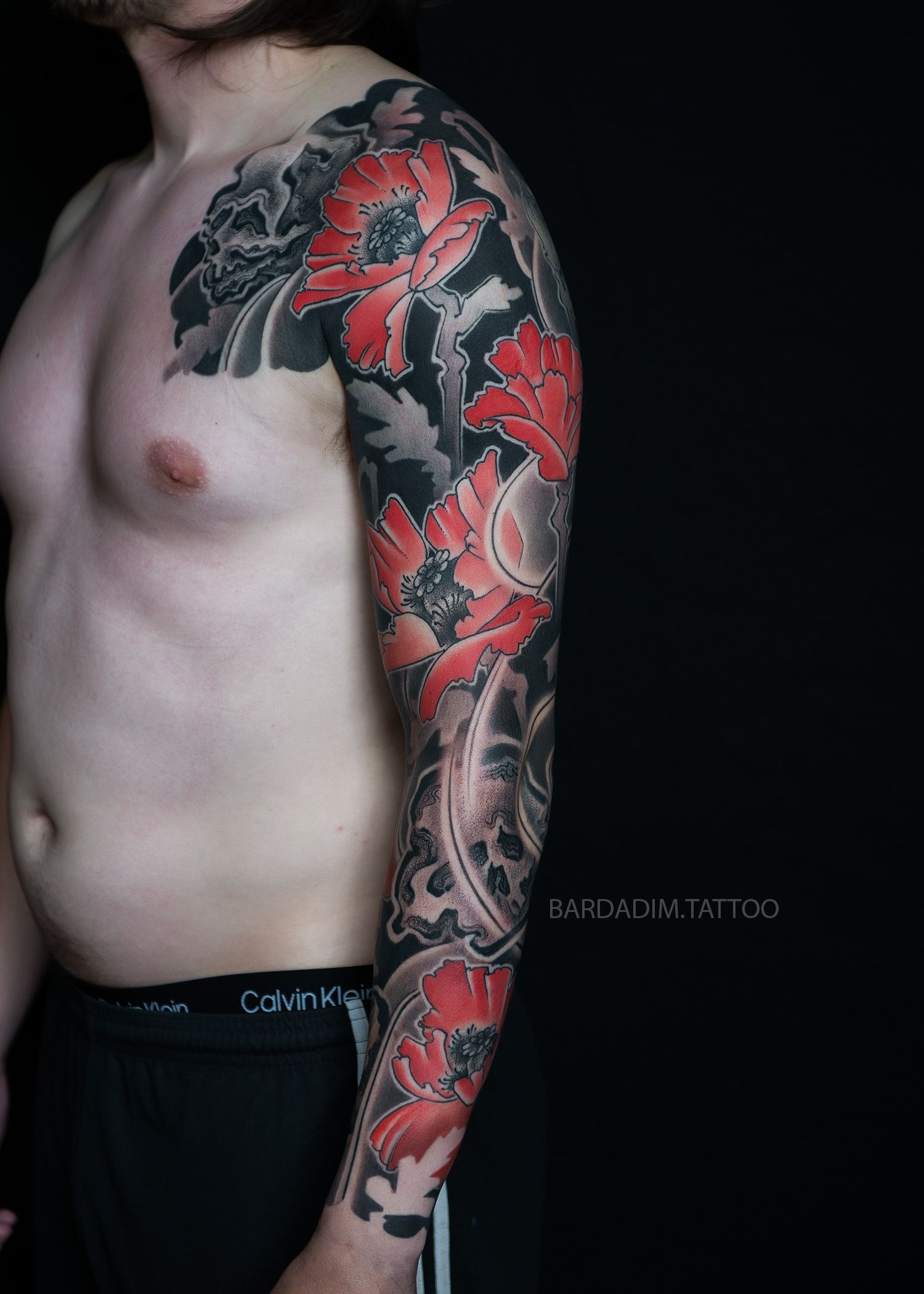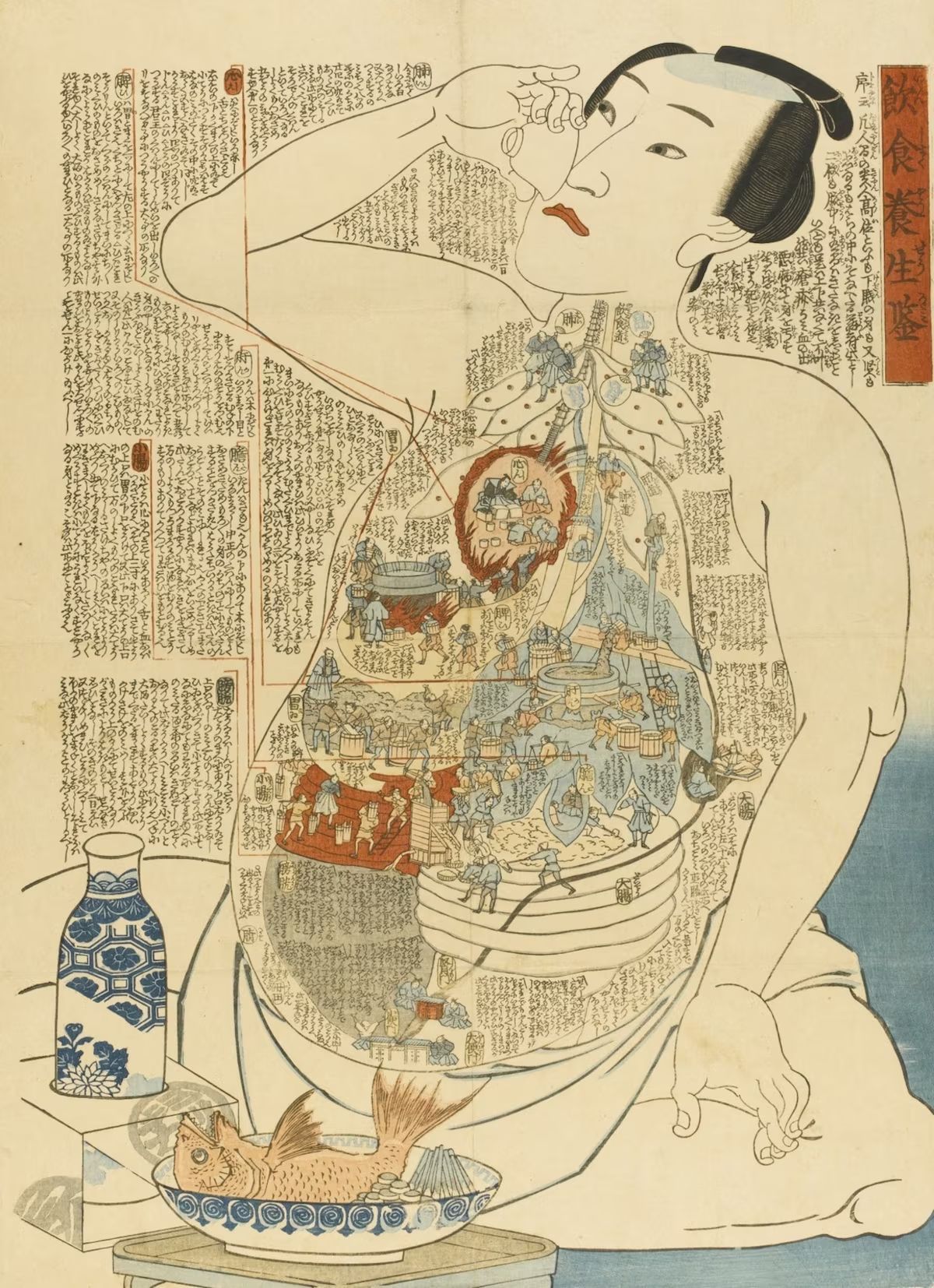Koi Half Sleeve
Just finished this Koi Half Sleeve in Japanese Style at Sink The Ink shop.
A little bit about Koi in Japanese art.
Probably surprising to many westerners is the very large amount of ancient myths that surround these beautiful fish in the orient, and their elevated status there. The koi is more than just a colourful and collectible fish, it is also one of the most popular and beautiful story, myth, tale and tattoo themes, a beauty which belies its symbolic meaning. Although Chinese in origin, the koi is now widely celebrated in Japan, particularly for its masculine qualities. It is said to climb waterfalls bravely, and, if caught it will lie upon the cutting board awaiting the knife without a quiver, not unlike the warrior facing the sword.
Eventually, the stoic fish came to be associated with so many masculine and positive qualities that it was appropriated for the annual “Boys day festival” in Japan where even today colourful, streaming koi flags are traditionally displayed for each son in the family. In tattoo imagery, especially in combination with flowing water, it symbolizes much the same courage, control, and the ability to achieve goals with an understanding of life’s trials”.
Longmen Falls (Dragon’s Gate)
One theme that dates back to ancient China, where a legend tells of how any koi that succeeded in climbing the falls at a point called “Dragon Gate” on “Yellow River” would be transformed into a dragon. Based on that legend, it became a symbol of worldly aspiration and advancement.
Not all koi are headed for dragon gate, and not all koi are stoic, there are other stories. Another popular story is of a giant koi that is killing off the fishermen of a small village, only to be killed by a boy of the village making the boy a hero, often translated as “Golden Boy” is a folk hero from Japanese folklore know as “ Kintaro”.
Koi Half Sleeve Tattoo by George Bardadim, tattoo artist, based in NYC


